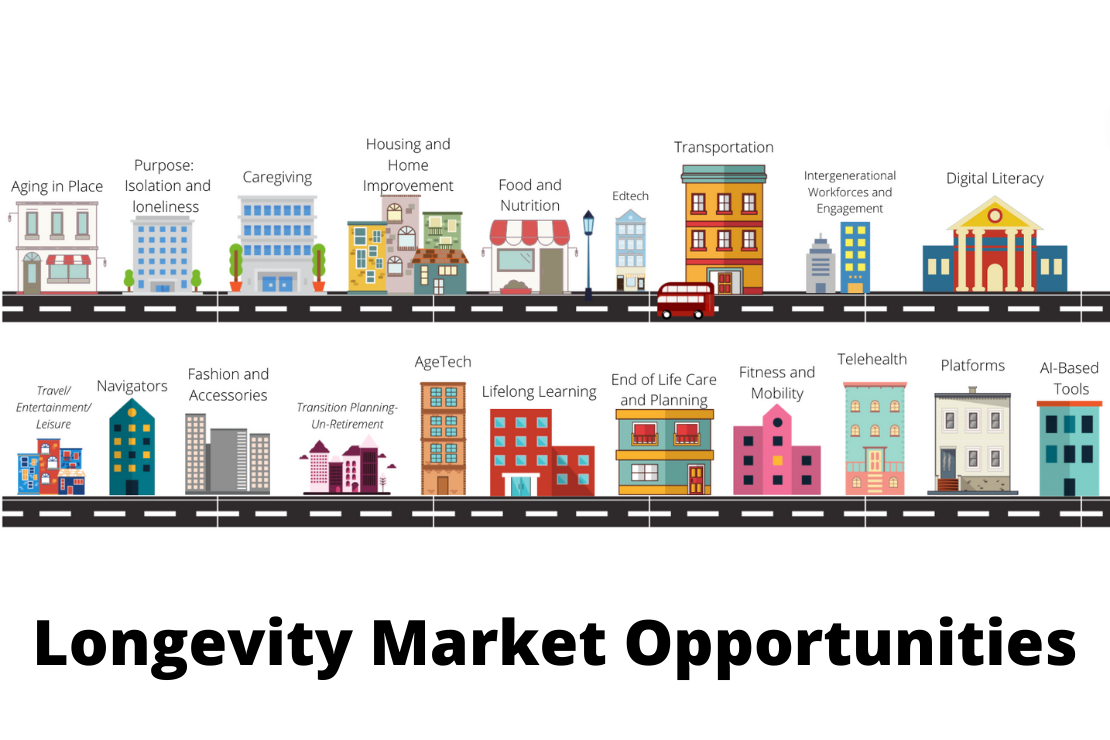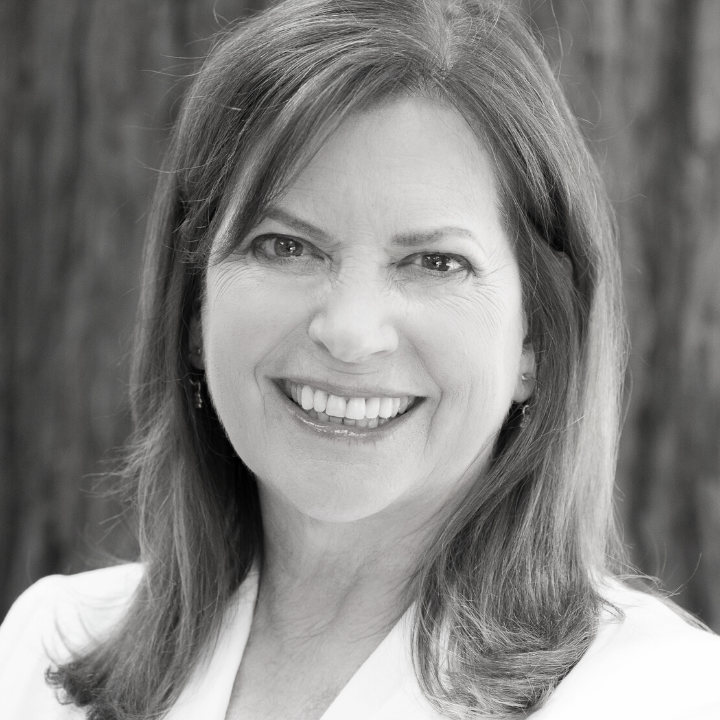Six Innovation Opportunities for Caregiving Entrepreneurs
Jan 24, 2022

By Susan Golden, Sc.D. and Mentor-In-Residence at the Techstars Future of Longevity Accelerator
The following is adapted from the Landscape of Caregiving Innovations review issued in September 2021 by the Stanford Distinguished Careers Institute-dciX Caregiving Innovations Group with support from Pivotal Ventures. See the full report here.
The Landscape of Caregiving Innovations review spotlighted emerging trends that entrepreneurs and innovators should consider when interested in addressing the unmet needs of older adults and the people who care for them. Caregiving innovations encompass products and services to assist caregivers, care recipients, healthcare providers, insurers, and employers of caregivers. The value of the unpaid family caregiving market is estimated to be $470 billion.
If you are looking for some ideas of where to focus your interest in helping family caregivers and older adults, consider these six innovation gaps and opportunities:
#1: Housing and Home Modification Services and Products
With over 90% of older adults wanting to age in place/ thrive on the go, one common challenge is accessibility and stairs. How can we reconfigure access in homes – what are simpler/less costly solutions – the new “drone” of stairway access? What are the most essential modifications needed that all construction/renovation projects should consider? How can construction and renovation companies supply creative solutions? Preparing homes to be Longevity ready is an enormous business opportunity, and not just when a crisis has occurred. While AARP provides a Home Fit Guide and checklist, few homeowners or caregivers and recipients know about it. Since the majority of renovations are done by those over 50, this is a highly underserved opportunity. Alternative housing solutions will also be needed to support the millions of older adults who do wish to live on their own and not in an assisted living community. The need for intergenerational housing options will be valued, as a way to provide benefit to all generations, such as free housing for the younger generation provided by older adults, and companionship, errands and tech support provided for the older adult.
Companies such as Better Coliving and Upside HōM in the 2021 and 2020 Techstars Future of Longevity Accelerator classes, respectively, are directly addressing these needs by providing alternative housing solutions, and a number of other companies are creating solutions to support aging in place (one of the sub-themes of the Accelerator) including OndeCare and The Ilera Companies, Inc.
#2: Longevity Health Services in the Home
The acceleration of telehealth due to the pandemic, will likely continue post pandemic. It is especially valuable for older adults, and more companies that focus on older adult telehealth needs will be welcomed. Companies will be needed that feature easy access, quality control, continuity of care, and clear reimbursement mechanisms. “Hospital at home” and “Healthcare at Home” will increasingly become more prevalent. Tailoring these concepts to caregiver and care recipient needs, is both an innovation gap and market opportunity. Caregivers may in fact become health providers in the home, and a host of innovations to support that will be needed.
Preventing cognitive decline is an ever-increasing priority. There are new digital assessment and wellness tools in development. Integrating such tools into comprehensive digital health systems would allow caregivers the ability to assess and monitor older adults’ functionality at home, potentially identifying trends to prevent crises and institute steps promoting a higher quality of life. Similarly, nutrition and exercise will be essential components of Longevity Health services. Companies such as Vivo, MyFitPod and BRIGHT in the 2021 Techstars Future of Longevity Accelerator are each addressing one or more of these preventive health areas.
Related to the development of new digital health and wellness tools, is a trusted source to evaluate tech driven “aging in place” and “Longevity health services” for in- home solutions. Developing a “Consumer Reports” for aging that tests and validates innovations would be a significant contribution to the needs of older adults and this market.
#3: Fintech Solutions to prevent Financial Elder Exploitation
Financial planning and caregiving is part of the caregiving journey. One of the key concerns is how vulnerable care recipients are being exploited. Only 1 in 44 cases are reported, and they are frequently committed by a family member. The resulting losses are over $9 billion per year. This is considered the crime of the 21st Century.
There is a strong need for easy-to-use solutions, that both educate the caregiver and recipient, account for the financial caregiving being provided, and third-party accounting on a quarterly basis.
#4: Navigators and Care Coordination
The healthcare, eldercare and longevity systems are hard to navigate. Navigators will become critical partners in healthy aging and caregiving. While some companies are successfully focusing on certain verticals within caregiving, e.g. end of life planning or parent care navigators, we will continue to need a wide range of companies to meet the variety of needs facing older adults and caregivers. This spectrum of needs requires different solutions at different stages. Services must be flexible and affordable. These can be developed with customers in mind such as Medicare Advantage and employers and employee assistance plans.
Medicare and Medicare Advantage Access/ Enrollment
Trying to sign up for Medicare and knowing which part may require payment is not obvious to many. It is complicated. Medicare Advantage plans have grown, and now offer a range of benefits. There is a need for Medicare Navigators to help with enrollment, optimize utilization, and explain the range of offerings. Enrollment in Medicare would be an ideal time to also assist with completion and certification of Advance Directives and end of life planning. Companies such as Saeidan in the 2021 Techstars Future of Longevity Accelerator provides increased access to Medicare Advantage options.
Healthcare Bill Navigation
Utilizing the healthcare system and paying for the services, can be a dizzying experience. Understanding billings, co-pays, out of pocket costs, and surprise medical claims are an increasing burden on the patient and the caregiver. Health bill navigators would be a welcome addition to the fintech solutions (see above) and aid to the caregiver responsibilities.
#5: Multigenerational Opportunities
The common adage in designing products and services for older adults is to “design with not for.” It would be valuable to find companies with multigenerational teams or use older adults, such as Stanford DCI Fellows or Longevity Explorers, to help with product and service design. Developing products and services that can benefit both the older adult, caregiver and younger generations will increase value for those companies. Successful companies will have multigenerational products with good design, stealth accommodations, and strong brand image.
Social isolation and loneliness will continue to be a significant challenge for older adults and caregivers. Providing companionship as outlined in intergenerational housing, is a significant byproduct of those businesses. Companies that can address these needs directly are essential. Caregiver burnout, as a unique Social Determinant of Health, is among the subdomains that are in need of further innovation. The conundrum of telling a caregiver to do more self-care, exercise, or yoga, is hampered by time and who can provide respite services. While a challenge, we envision novel solutions whereby Medicare Advantage could pay for caregiver access to exercise and self-care, as part of the caregiving ecosystem, and provide resources for respite care through multigenerational solutions.
#6: Care Navigation Platforms
There is a huge need for platforms that aid families in curating information and resources, as well as care navigation. While there is an abundance of small companies and services, it remains challenging to match them with the many older adults and caregivers in an efficient way. Creating an integrated system where companies could list and promote their services and products, and older adults and caregivers could have access to these offerings, would greatly enhance the gaps in our caregiving system. AI enhanced tools could match people and solutions based on care needs and profiles.
We believe there is an opportunity for the many different platforms, resources, innovations, assessment tools, to be housed under a National Caregiving Hub/ Marketplace, that could include assessment of care needs, linkages and referrals to resources by location, and a two-sided market solution that would provide access to customers and caregivers, and facilitate companies and products reaching their target audiences. It would be the “yelp” for aging in place/caregiving tech solutions.
Caregiving and the Care Economy are massive markets, with over twenty different subdomains of needs. These six innovation gaps are among the most prevalent at this time. The growth of technology solutions - often referred to as agetech - will enhance the development of many innovations and will help to close these innovation gaps.
Please follow the Techstars Future of Longevity Accelerator on LinkedIn and Twitter to stay connected with us!
About the Author

Susan Golden
Susan Golden is the Director of dciX at the Stanford Distinguished Careers Institute, and teaches at the Stanford Graduate School of Business. She brings expertise in both venture capital and healthcare to creating innovations and new business opportunities for longevity and healthy aging. Susan is the author of a forthcoming book Stage (Not Age) on business opportunities for longevity that will be published by Harvard Business Review Press. Previously, she was a partner at Schroder Ventures Life Sciences Fund, worked at Genentech, and UCSF.

